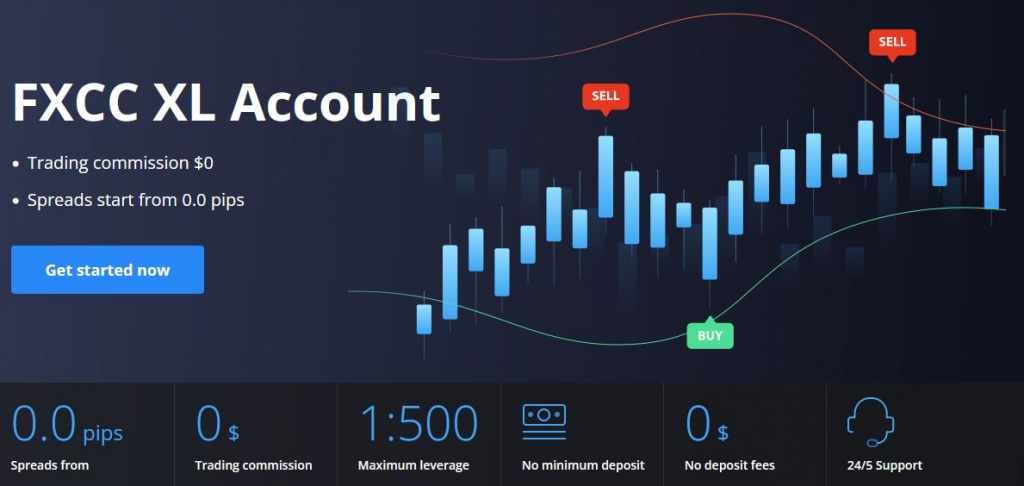Understanding the difference between blockchain and protocol fundamentals is essential for anyone involved in cryptocurrency trading. These two concepts are closely related, but they play different roles in how digital assets function and grow. Knowing the difference can help traders make smarter decisions and avoid common mistakes.

What is a Blockchain?
A blockchain is a digital system that records information in a way that makes it very hard to change. It consists of multiple blocks, each storing a collection of transaction records. When a block is full, it is added to the chain in a fixed order. This process creates a permanent and transparent record of all transactions. Blockchain technology is used in many cryptocurrencies to make sure that data is secure, public, and cannot be tampered with.
What Are Protocol Fundamentals?
Protocol fundamentals refer to the set of rules and methods that tell a blockchain how to operate. These rules include how new blocks are added, how users can interact with the blockchain, how rewards are given out, and how decisions are made about future changes. These fundamentals are what define the capabilities of a blockchain network and how it adapts over time. They function as the driving force behind how the entire system operates.
How Blockchain and Protocol Fundamentals Work Together
Although they are different, blockchain and protocol fundamentals work closely together. The blockchain serves as the framework for storing information, while protocol fundamentals define the methods by which that data is generated, validated, and distributed. Without a blockchain, the data would have no place to go. Without a protocol, there would be no rules to keep everything running smoothly. Together, they form the core of every cryptocurrency system.
Why Traders Should Understand the Difference
Traders should care about these concepts because they affect how a cryptocurrency behaves in the market. For example, changes in the protocol can lead to big shifts in price. If a blockchain upgrades to a faster or cheaper system, people might start buying the token, and the price could go up. On the other hand, if a protocol has flaws or problems, it could make the token less valuable. Understanding both the blockchain and the protocol can help traders better predict these changes and make more informed trades.
Protocol Changes Can Affect the Market
One of the most important reasons to pay attention to protocol fundamentals is that they can change over time. Developers often update the rules to improve performance, increase security, or add new features. These updates are called protocol upgrades. Sometimes they are simple, but other times they are major and can even lead to the creation of a new version of the blockchain. These changes can strongly influence how people feel about a token, which in turn affects its price and popularity in the market.
Looking at Blockchain Data vs Protocol Information
When traders look at a blockchain, they might see how many transactions are happening, how much it costs to use the network, or how many users are active. This information is useful for understanding short-term trends. But protocol fundamentals give a bigger picture of the project’s long-term health. They show whether the system is being improved, whether the team is active, and whether the rules support long-term success. Both types of information are useful, but protocol fundamentals often tell a deeper story.
Example of Bitcoin and Ethereum
Bitcoin and Ethereum are two good examples of how blockchain and protocol fundamentals differ. Bitcoin’s blockchain is simple and focused on security and stability. Its protocol rarely changes. Ethereum, on the other hand, is more flexible and always being updated. Its developers often make changes to the protocol to add new features or make the system more efficient. As a result, Ethereum is more intricate in design but also offers greater flexibility. Traders need to understand these differences when deciding which asset to invest in.
Tools for Tracking Blockchain and Protocol Fundamentals
Many websites and platforms offer data about blockchain performance and protocol activity. These include tools that show transaction volume, network speed, and development progress. Traders can use this data to learn more about how a blockchain is performing and what changes are being made to its protocol. By staying informed, traders can spot opportunities before the wider market does.

In conclusion, blockchain and protocol fundamentals are two important but different parts of every cryptocurrency. The blockchain is the system that stores and records data, while the protocol is the set of rules that tells the system how to work. For traders, understanding both is key to making smart choices and avoiding risks. By watching how the protocol evolves and how the blockchain is used, traders can gain a deeper understanding of the crypto projects they invest in.


